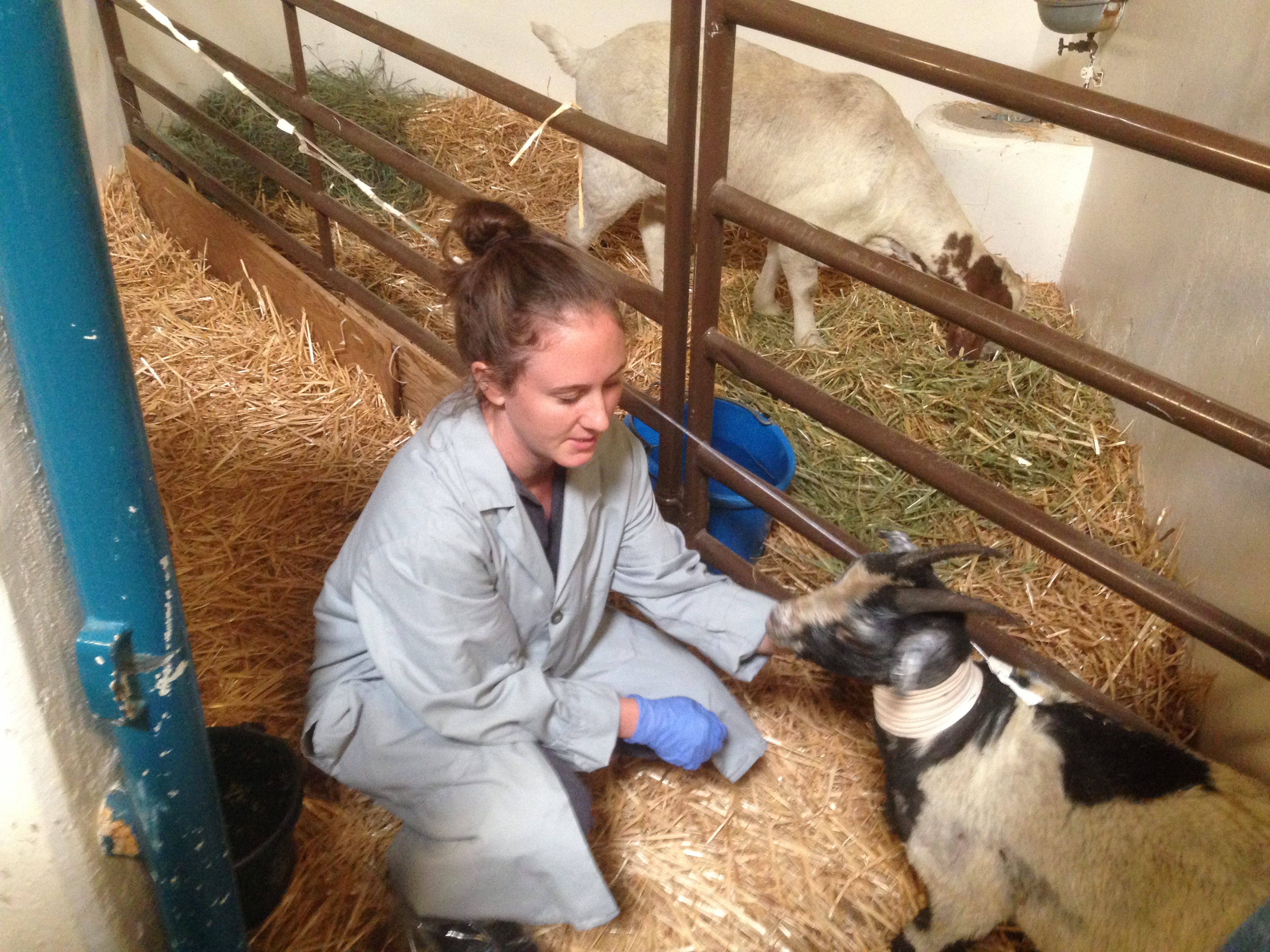
40 cats, four horses, two pigs among animals in the hospital’s care
The Valley and Butte fires that began in early September have caused significant damage to many homes and structures, while also putting thousands of animals in danger. According to the Calfire website, 1,910 structures have been destroyed and 3,043 residential structures are being threatened, with already 76,067 acres burned.
Local veterinarians and volunteers have found an overwhelming amount of injured and abandoned animals within the fire zone areas. Many of these animals have been brought to the UC Davis Veterinary Medical Teaching Hospital (VMTH) for care. Veterinarians from several groups of the School of Veterinary Medicine, such as the Veterinary Emergency Response Team and the Center for Equine Health, have been out in the field performing treatments as well as search and rescue missions.
According to VMTH Communications Officer Rob Warren, as of Sept. 24, the hospital has received 40 cats, four horses, two pigs, two chickens, two goats and one dog.
He stated there have been more than 100 veterinarians, staff members and students who have contributed in the rescue and care of these animals.
“Students play a significant role in caring for these animals,” Warren said. “This crisis has been a valuable learning experience for these students. We hope that this experience will help prepare them for future crisis situations they may find themselves in later in their careers.”
Dr. John Madigan, Institute Director at the Veterinary Teaching School, said the animals have a large range of injuries, including pierced lungs caused by the smoke, severe burns and water and food deprivation.
According to Madigan, despite the high amount of injuries, there have been no issues at the hospital and the animals have been recovering fine.
“There is a lot of staff taking great care of the animals. The veterinarians have a lot of knowledge on veterinary care,” Madigan said.
The majority of the animals are now in the recovery phase. Many of the animals’ owners have been tracked down through microchips on collars or other contact information.
“People can go look to see if their pet has been rescued and in our care,” Science and Agriculture Content Provider Pat Bailey said.
According to Bailey, people can also visit a donation site on the UC Davis Veterinary Medicine to contribute funds to pay for the care of the animals. Unclaimed animals can also be found at facebook.com/ucdavisvetmed.


